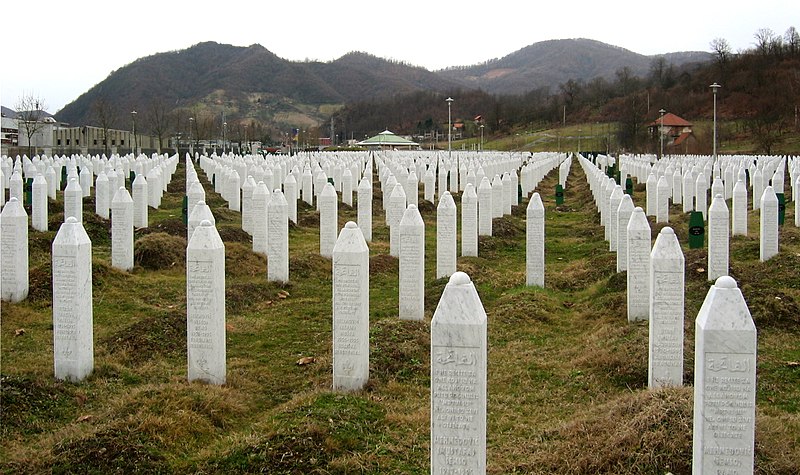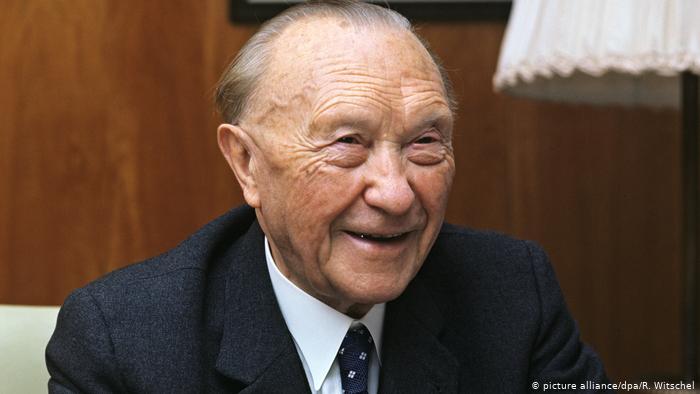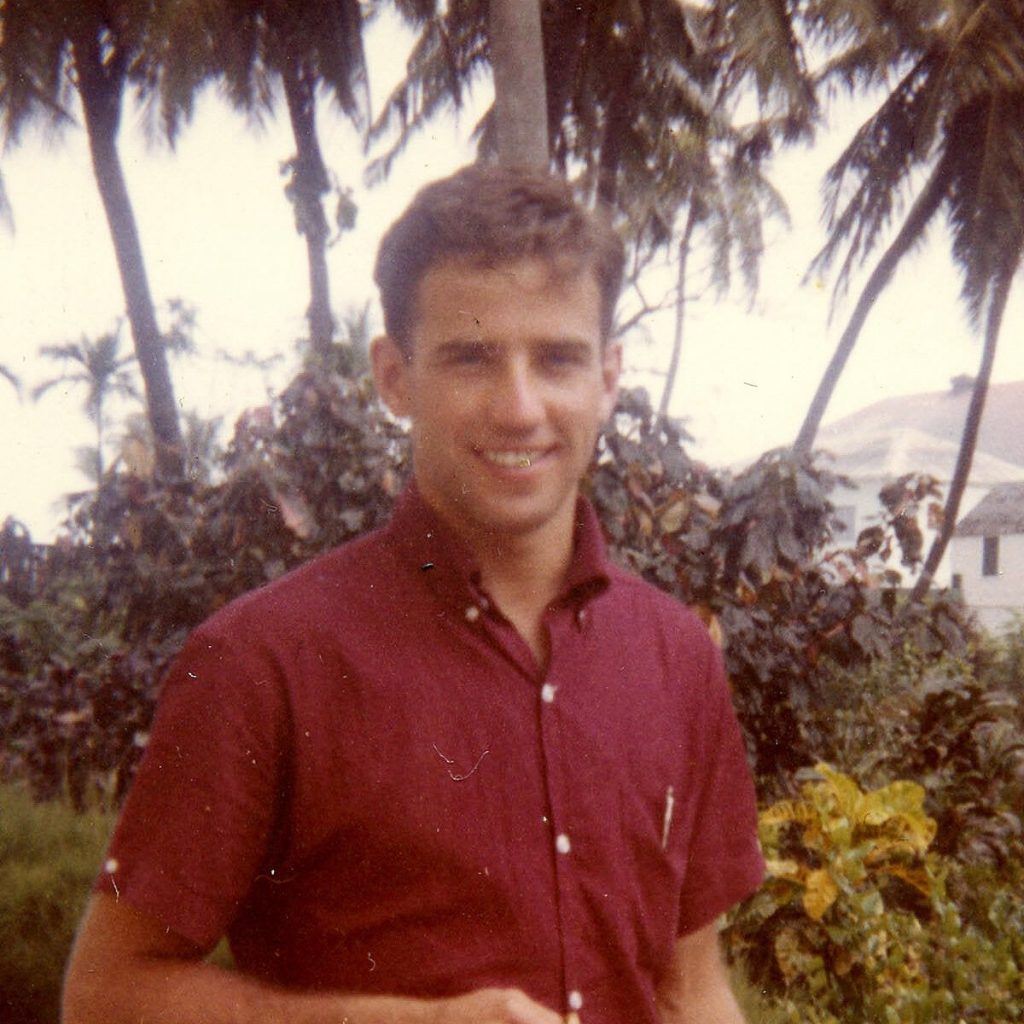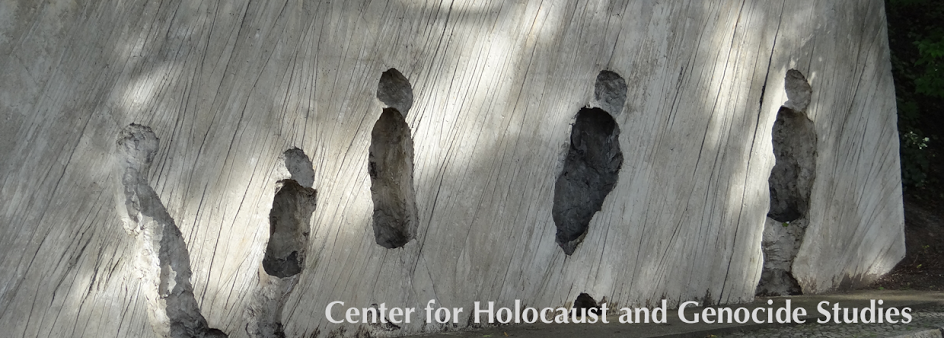The following describes how I have explored settler colonialism theory with my secondary social studies students. Like many of my students in a rural south-central Wisconsin community, I am White and from a working-class background. I share my students’ struggles in understanding our place and identities within the larger landscape of U.S. society. We’ve found that settler colonialism theory helps to complicate and nuance our understanding of the history and present realities of the United States.
The Yugoslav Wars of the 1990s present but another case where casualty numbers are highly politicized— manipulated and employed by various actors to serve their interests. Twenty years after the wars in the former Yugoslavia ended, debates continue about their naming, framing, and death tolls. These debates are so polarized that the various ethnic groups involved do not even agree on who committed genocide to whom.

The election of Donald Trump in November 2016 coincided with the 78th anniversary of Nazi Germany’s state-sponsored anti-Jewish riots known as Kristallnacht. On that occasion, we titled our newsletter: Infamous Past, Disturbing Present. The shocking ascendancy in a post-Holocaust world of a movement rooted in the United States, mainly powered by toxic rhetorical brawling and sheltering authoritarian and anti-democratic impulses, was destined to be a ruinous affair. The ransacking and rioting at the nation’s capital by those courted and enthralled by this cult of personality is deeply despairing.
In 2016 we looked carefully at the facts and summarized our concerns about the potential direction of unrestrained incendiary speech and actions. Five years later, despite Trump not being elected President, or maybe precisely because of that, we have now reached the precipice.

Philip Gourevitch opens his book on the Rwandan genocide, We Wish to Inform You That Tomorrow We Will Be Killed with Our Families, with a quote from Plato:
Leontius, the son of Aglaion, was coming up from the Peiraeus, close to the outer side of the north wall, when he saw some dead bodies lying near the executioner, and he felt a desire to look at them, and at the same time felt disgust at the thought, and tried to turn aside. For some time he fought with himself and put his hand over his eyes, but in the end the desire got the better of him, and opening his eyes wide with his fingers he ran forward to the bodies, saying, ‘There you are, curse you, have your fill of the lovely spectacle.
Many people desire to make sense of violence, a pursuit that often leads to engagement with violent imagery. However, as Susan Sontag captures in Regarding the Pain of Others, depictions of violence cannot ever replicate its lived experience. While graphic imagery or descriptions of violence may serve to aid in an understanding of violence, they also hold vast destructive potential. In contrast to assumed education benefits, they can also dehumanize or inhibit agency. As such, we are responsible for critically reflecting upon how we engage with this content in our roles as both researchers and educators.
The summer of 2020 saw a wave of protests that demanded systemic change and made our nation’s continued racially motivated violence and inequity impossible to ignore. As people across the United States gathered to protest racial inequality and police brutality following the murder of George Floyd on May 25th, many turned to social media in the midst of pandemic-related stay-at-home orders.
Do numbers matter? Learn about genocide, and often the first fact you’ll learn about is the number of victims. Six million Jews perished during the Holocaust. A million and a half Cambodians were killed during their genocide, eight hundred thousand Tutsis in Rwanda. While the UN Genocide Convention does not include a numerical threshold for genocide in its definition, we often equate the number of victims so closely with an act of genocide that the number itself seems to define the crime. Without such a threshold, does genocide occur?
To many, Yiddish is simultaneously “alive” and “dead.” The reality is, of course, much more complicated (and arguably) dire. For one, the extremes surrounding the life and afterlives of Yiddish are hardly unique. What befell Yiddish language and culture during the Holocaust (resulting in the murder of half of the Yiddish speakers worldwide), along with the interwar and postwar legal repression in the Soviet Union and its cultural marginality in Israel and the United States, partially mirrors majority cultures’ attitudes toward minoritized languages in general.
“Why have we never learned about this before?” This question is repeatedly asked by the high school juniors and seniors in my comparative genocide studies elective course, often with a tone of disbelief and urgency. While all have studied the Holocaust, only a few have learned about the genocides in Armenia and Rwanda, and rarely are students aware of the genocides that took place in German Southwest Africa (present-day Namibia), Cambodia, Darfur, or the many other so-called “hidden” genocides that we study. However, they are shocked and often angry when we examine the genocide perpetrated against Indigenous peoples in North America, especially the Dakota and Ojibwe nations in the State of Minnesota; “we should have learned about this before,” students say. As their teacher, I couldn’t agree more.
As a queer activist and researcher from Turkey, I am interested in understanding how queer lives endure in post-genocidal Turkey. I dwell on the Armenian Genocide and how the denial of the genocidal past is adapted by the sovereign Turkish state as a form of governing strategy (Savelsberg 2021, Suciyan 2017). More specifically, I contemplate how the circulation of denial is also related to the endurance of heteronormativity in which the broader practices of sexual violence, forced religious conversion, and orphanage emerge as critical issues (Ekmekçioǧlu 2015, Maksudyan 2015).
I hope to examine how the dissolution and disruption of Armenian families are linked to the reproduction of normative gender relations and the endurance of violence. By bringing queer and Armenian communities together, I concomitantly examine post-genocide, Armenians, and queer as bounded livelihoods in which the production of gender & sexuality and ethnicity are not necessarily separate categories but vividly intersected.
No, I am not talking about the Vatican or the next Coen Brothers movie. I am talking about old men saving countries.
The man that comes to my mind can be described as follows: practicing Catholic with a pragmatic mindset that enables him to reach across the aisle; lawyer by training and politician by vocation who experiences personal tragedy — the loss of his wife — early in his career. That would be Konrad Adenauer, West Germany’s first chancellor after WWII, and those are not the only attributes he shares with Joe Biden.
-

Konrad Adenauer -

Joe Biden
